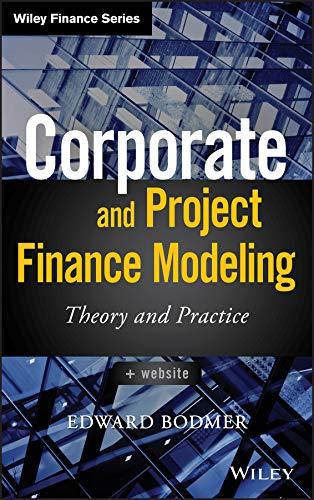Question
Hey Chegg, I need your help with a case problem. Case Problem Midcity Center, Inc. (A) The board of trustees meeting of Midcity Center, Inc.,
Hey Chegg, I need your help with a case problem.
Case Problem
Midcity Center, Inc. (A)
The board of trustees meeting of Midcity Center, Inc., was called to order at 7:30 pm. There was considerable interest in several proposals before the board, and the discussion promised to be lively. Midcity Center, Inc., was located in a run-down part of an old industrial city. The center was a nonprofit corporation formed by a coalition of churches to serve the needs of inner-city poor. Services provided by the center included temporary quarters for the homeless, hot meals once a day for the indigent, and the General Store. The General Store carried free used clothing and free nonperishable foods for the poor. In addition, the center housed a store called the "Center Boutique," which sold donated items to help the cover the center's costs. Midcity Center was funded by annual pledges from the coalition churches. The center also had an endowment fund as a result of several substantial bequests. The endowment fund was controlled by the center's board of trustees, who had complete discretion with regard to investment policy. The board also had the authority to spend the entire endowment fund, but they had always maintained a strict policy of preserving the principal and spending only the income. The endowment fund had a balance of $1.2 million, invested entirely in corporate bonds. The average interest rate on the bonds was 7 percent, but many of the bonds were selling at a discount rate due to rising interest rates since their purchase. Yields to maturity for bonds of this type were currently 10 percent. The proposals before the board that evening involved the use of endowment principal. The center had been plagued by rising energy costs, with heating bills for the past year totaling $14,230. T. Haley, the board member who chaired the building committee, had brought in a consultant to conduct an energy survey. Two proposals arose from that survey. One proposal involved sixty-eight storm windows at a cost of $230 each. This would decrease heat usage by 20 percent. Another proposal called for the acquisition of a new high-efficiency furnace for $27,630. This furnace would reduce the amount of fuel used for each unit of heat by 40 percent. Haley analyzed both proposals assuming a 10-year building life, and recommended both. Since the building budget included only $12,000 a year for improvements, this would mean dipping into the endowment. Several members objected strongly to spending the endowment principal, suggesting that this would start a trend leading to bankruptcy. One member suggested that borrowing money would be preferable and indicated that a local bank would charge 12 percent with the endowment assets as security. Another member said that the endowment should serve the poor, not the building and took the opportunity to argue again for an allocation of $100,000 of endowment principal to develop a center for abused children. After a long discussion, the president broke in. "I believe all positions have been clarified. May we have a motion so that we can vote?"
Case Questions
1. Using a 10 percent discount rate, compute the net present value of the storm window investment without a new furnace.
2. Using a 10 percent discount rate, compute the net present value of the furnace investment without new storm windows.
3. Using a 10 percent discount rate, compute the combined net present value from investing in both furnace and storm windows.
4. Is an investment in energy reduction more risky than an investment in corporate bonds?
5. What discount rate should be used to evaluate the energy savings project?
6. Which investments, if any, should the board accept?
7. If you recommended accepting one or both investments, how should these investments be financed?
8. Would you characterize the board's approach to capital investment decision as guided by strategy or as reaction as proposals arise?
9. Comment on the capital investment policy of Midcity Center. How could that capital investment policy be improved?
These questions may have been answered before, but I need a second opinion to be sure. Also, please answer all 9 questions. Do not leave any questions unanswered and please show your work (make sure it is detailed and step by step) for the first 3 questions and provide explanation for the other questions if necessary.
Step by Step Solution
There are 3 Steps involved in it
Step: 1

Get Instant Access to Expert-Tailored Solutions
See step-by-step solutions with expert insights and AI powered tools for academic success
Step: 2

Step: 3

Ace Your Homework with AI
Get the answers you need in no time with our AI-driven, step-by-step assistance
Get Started


